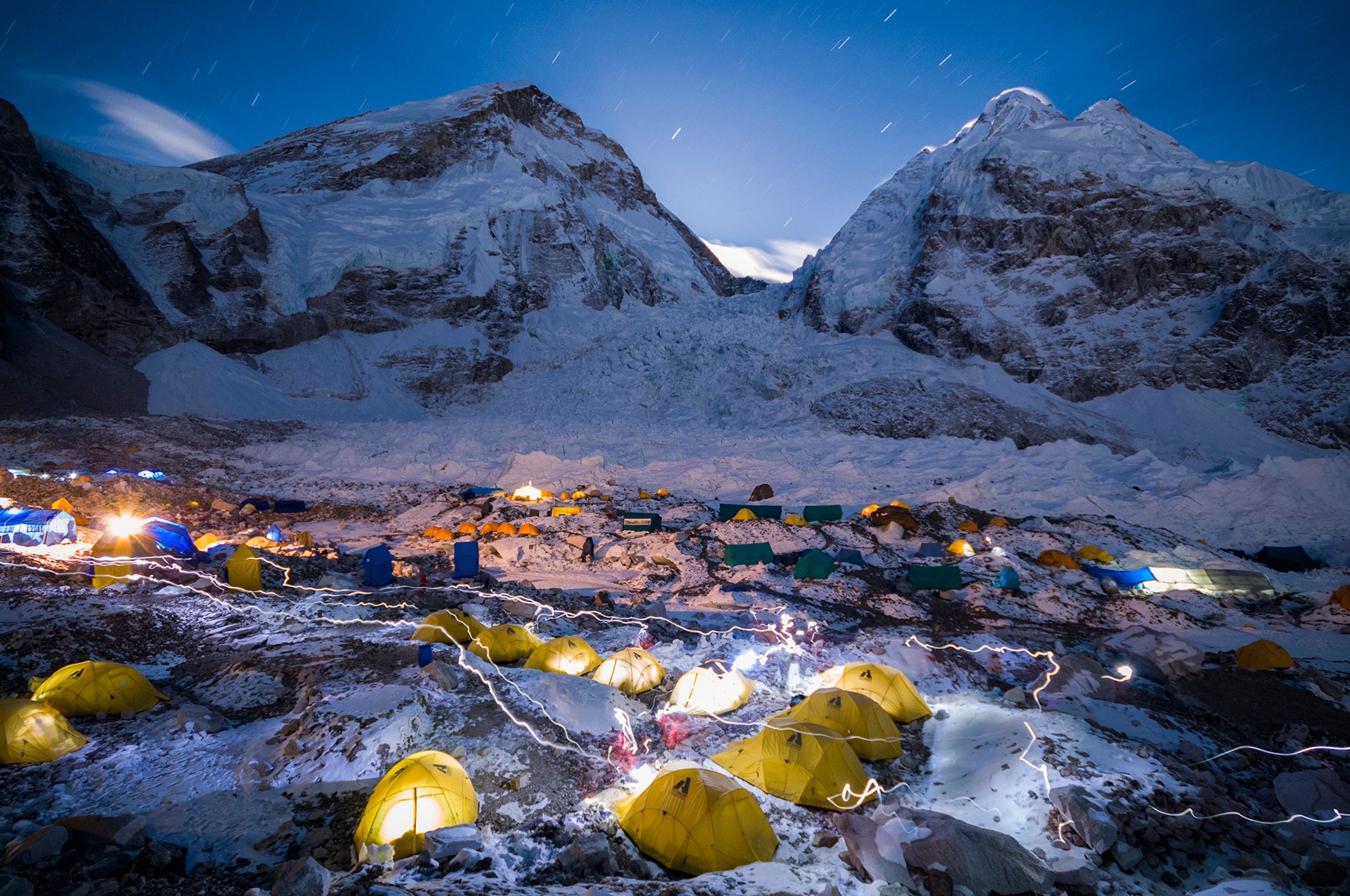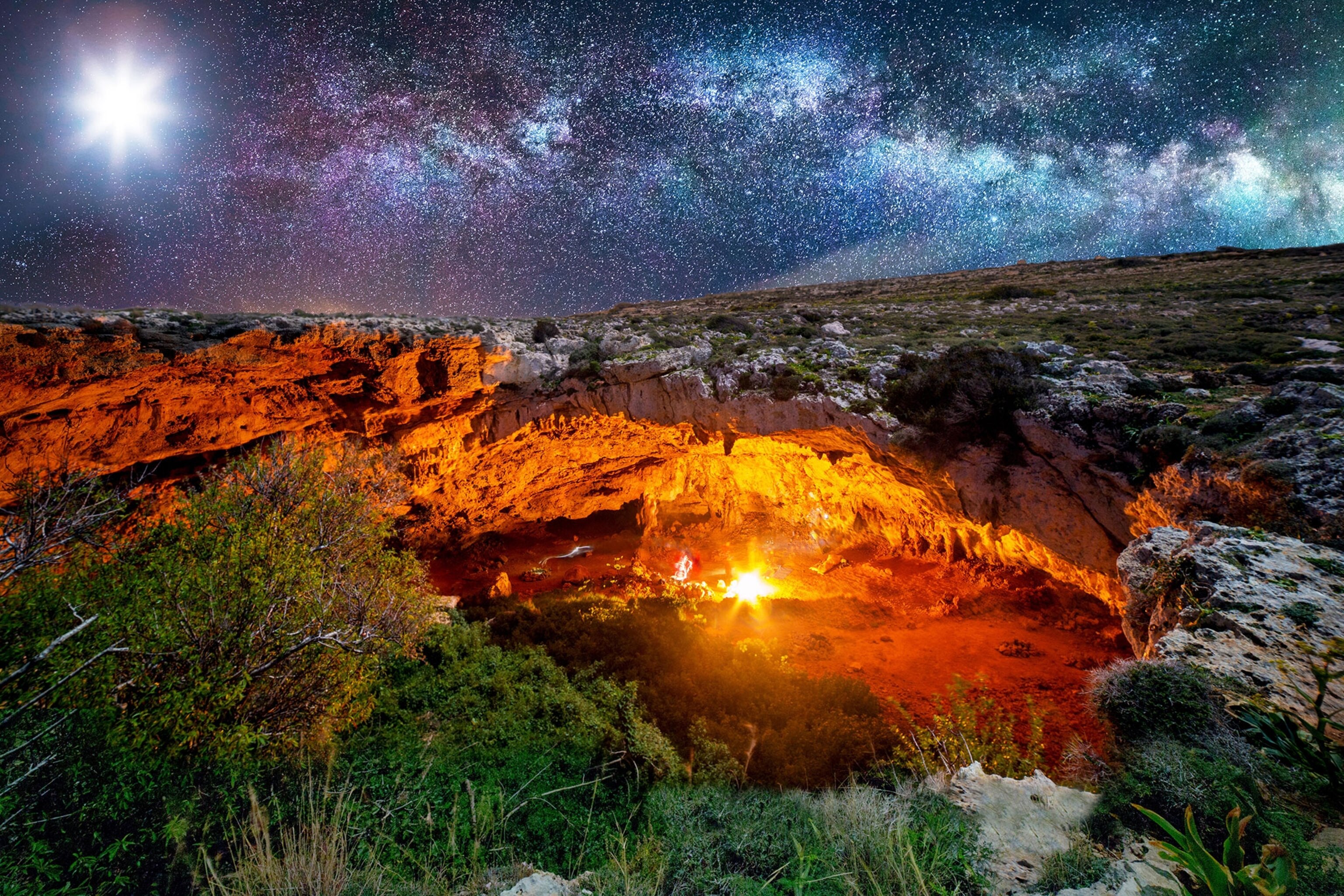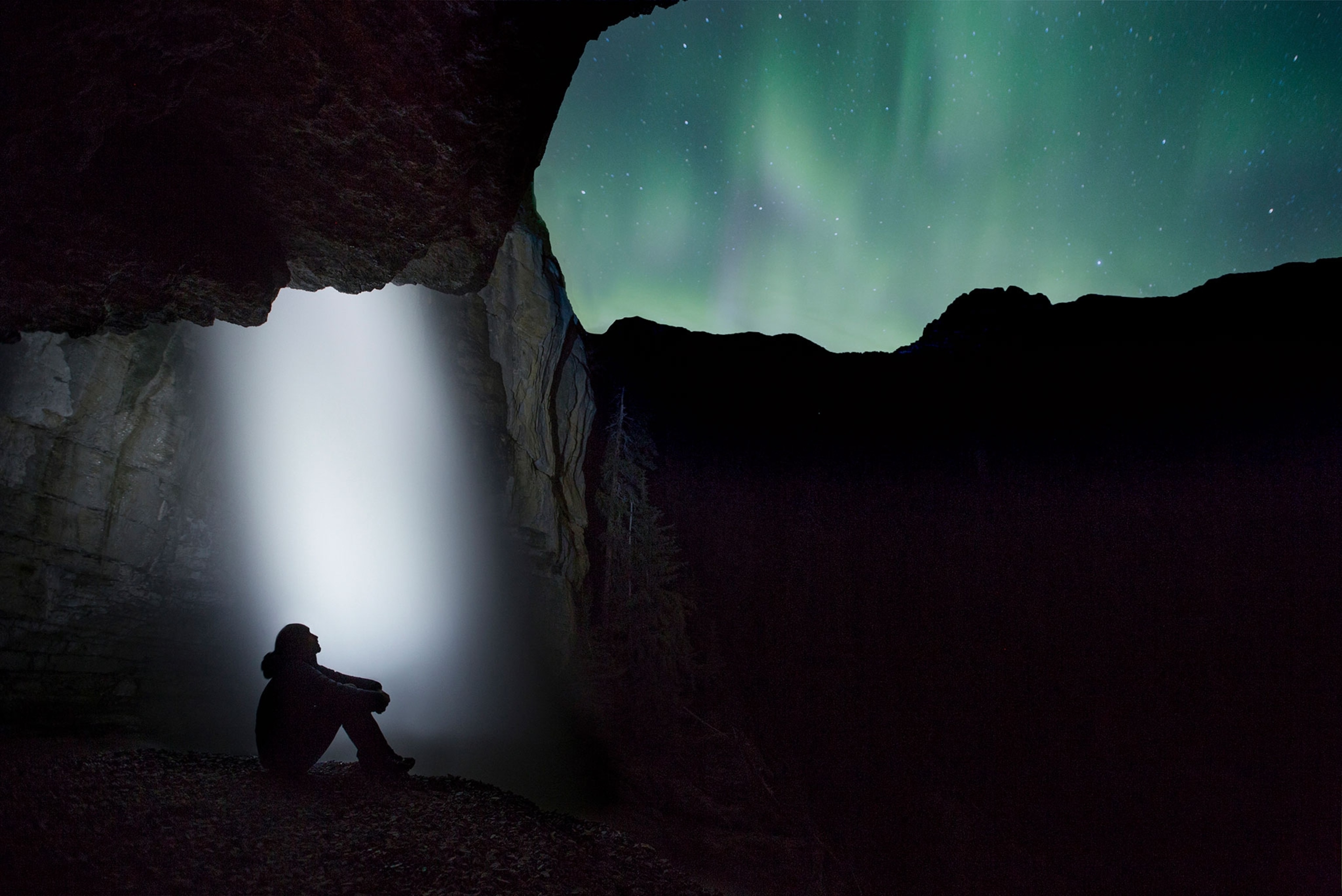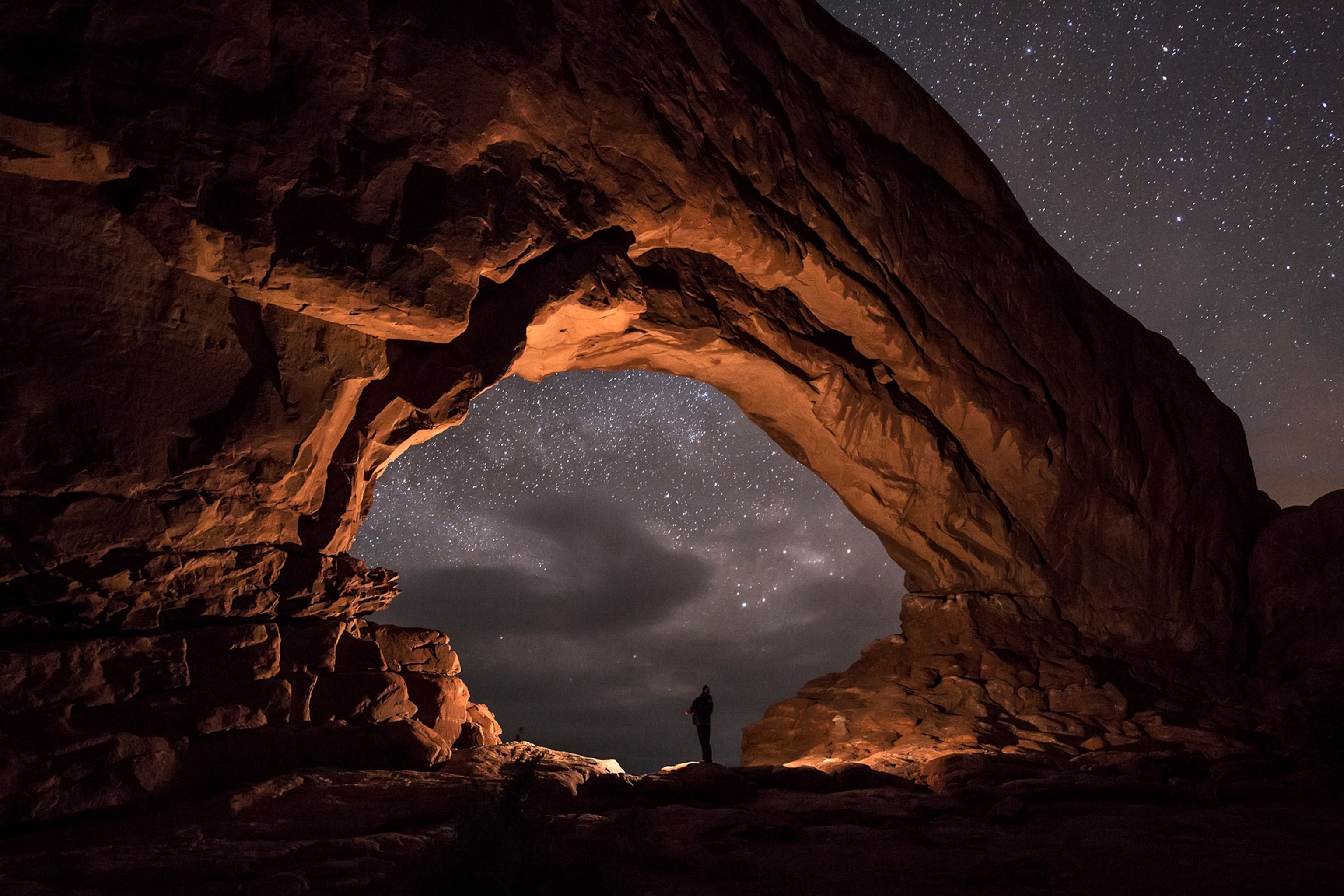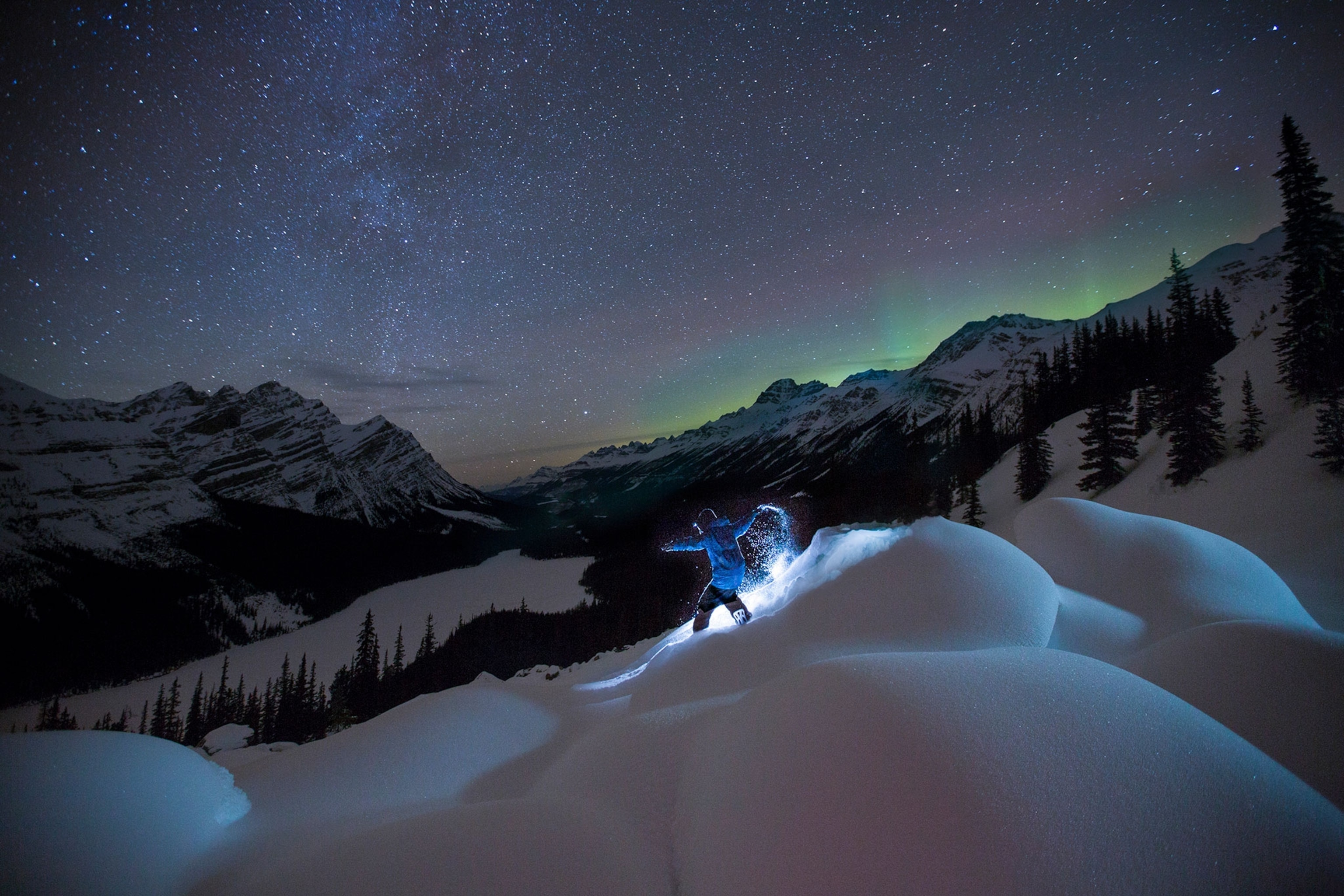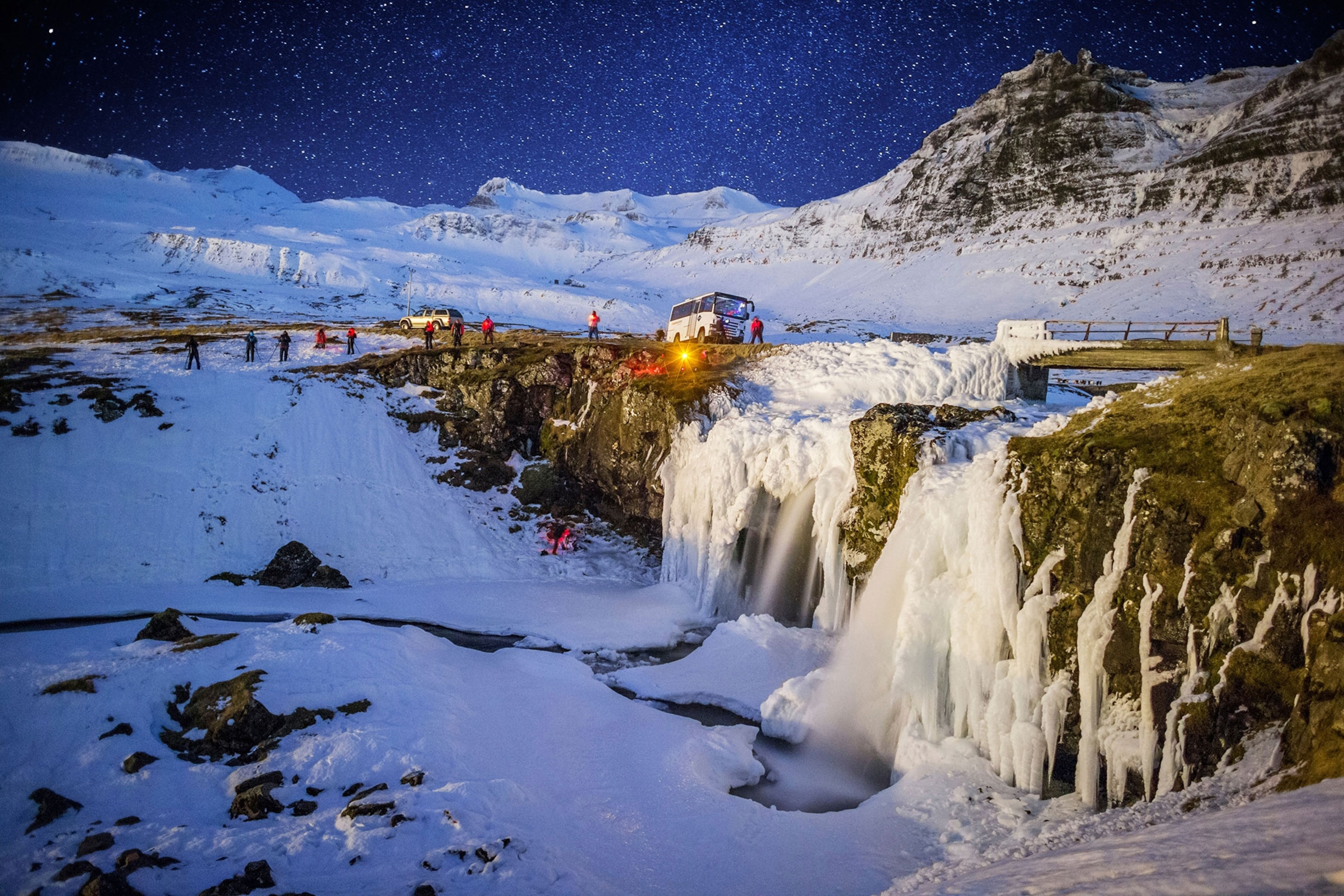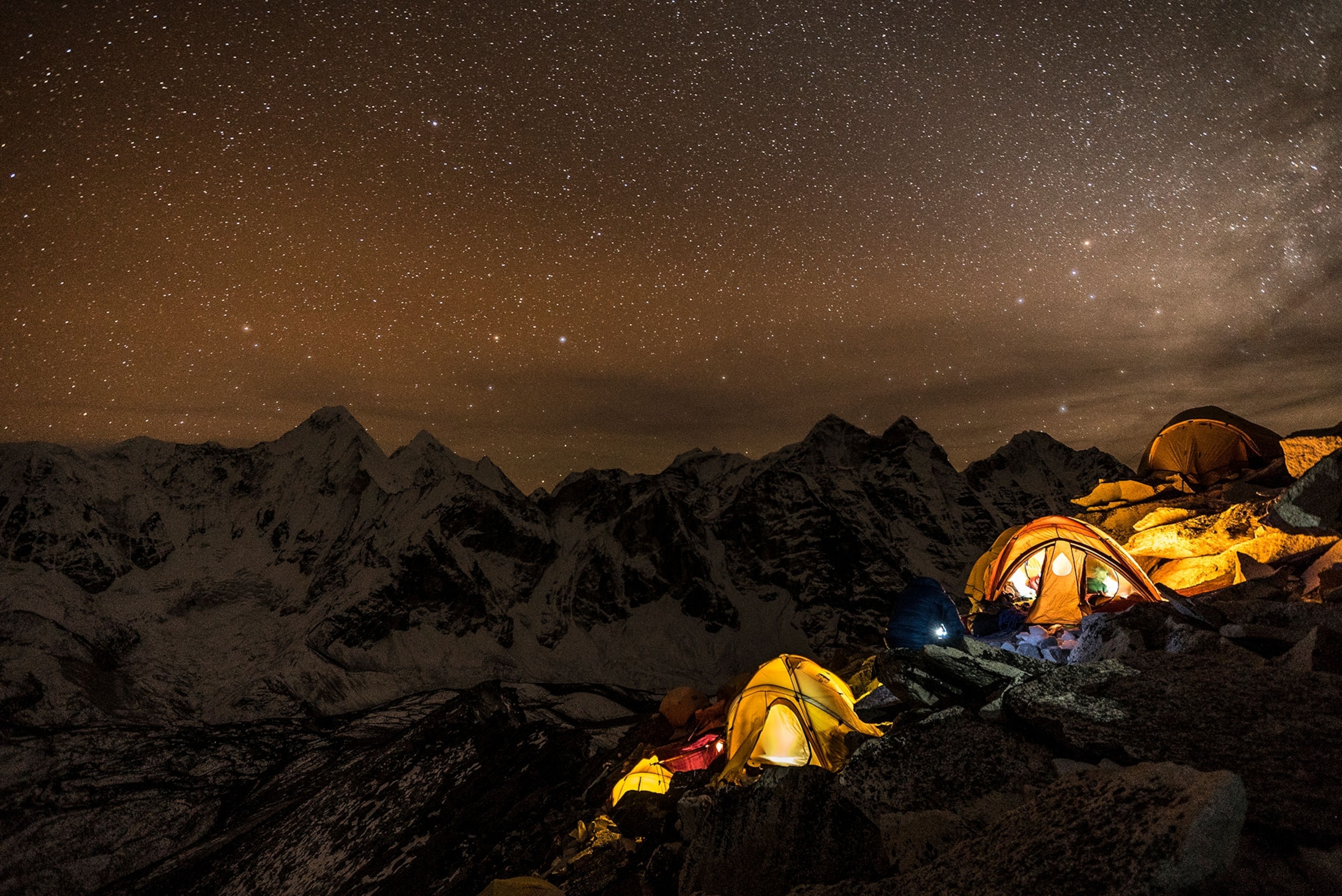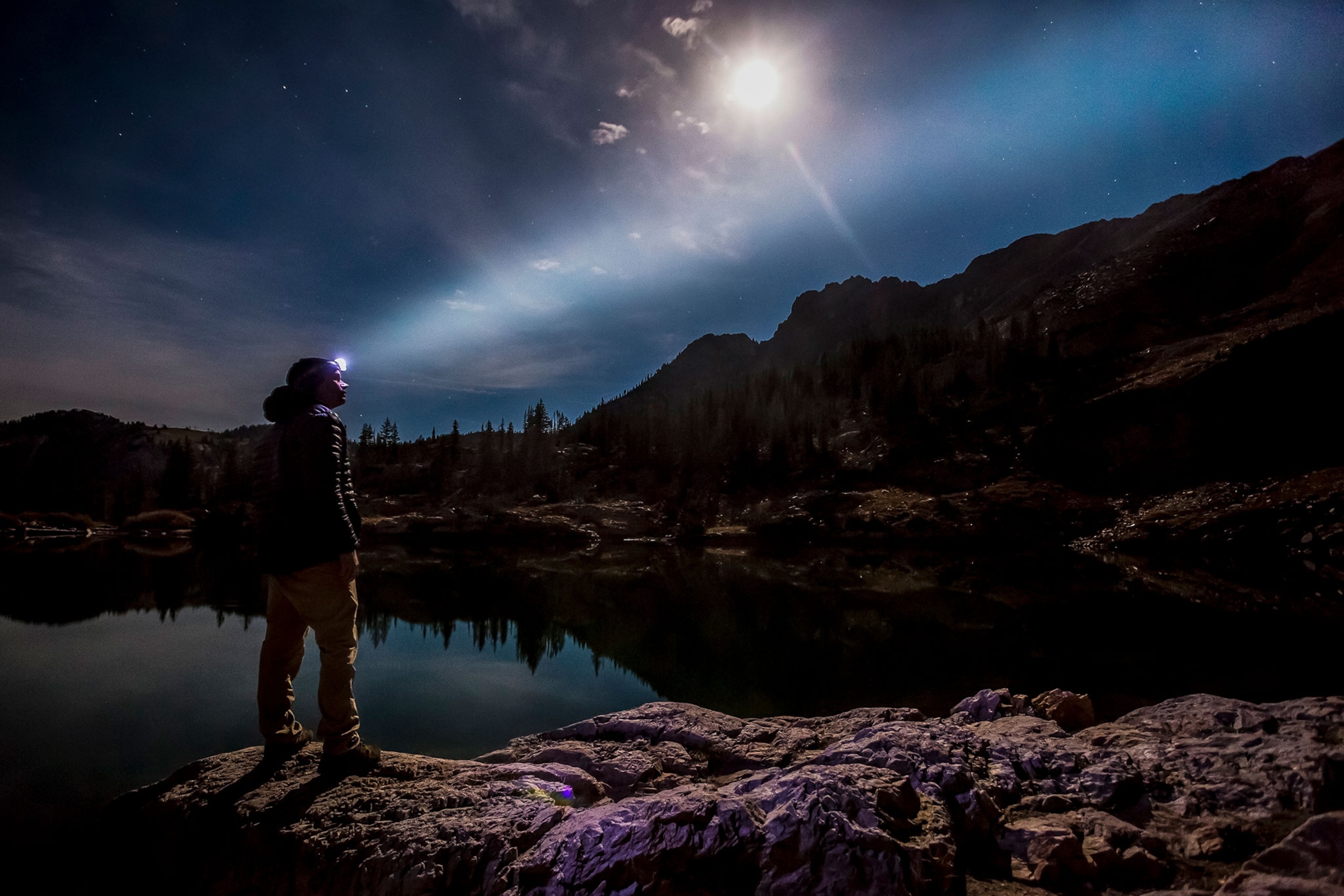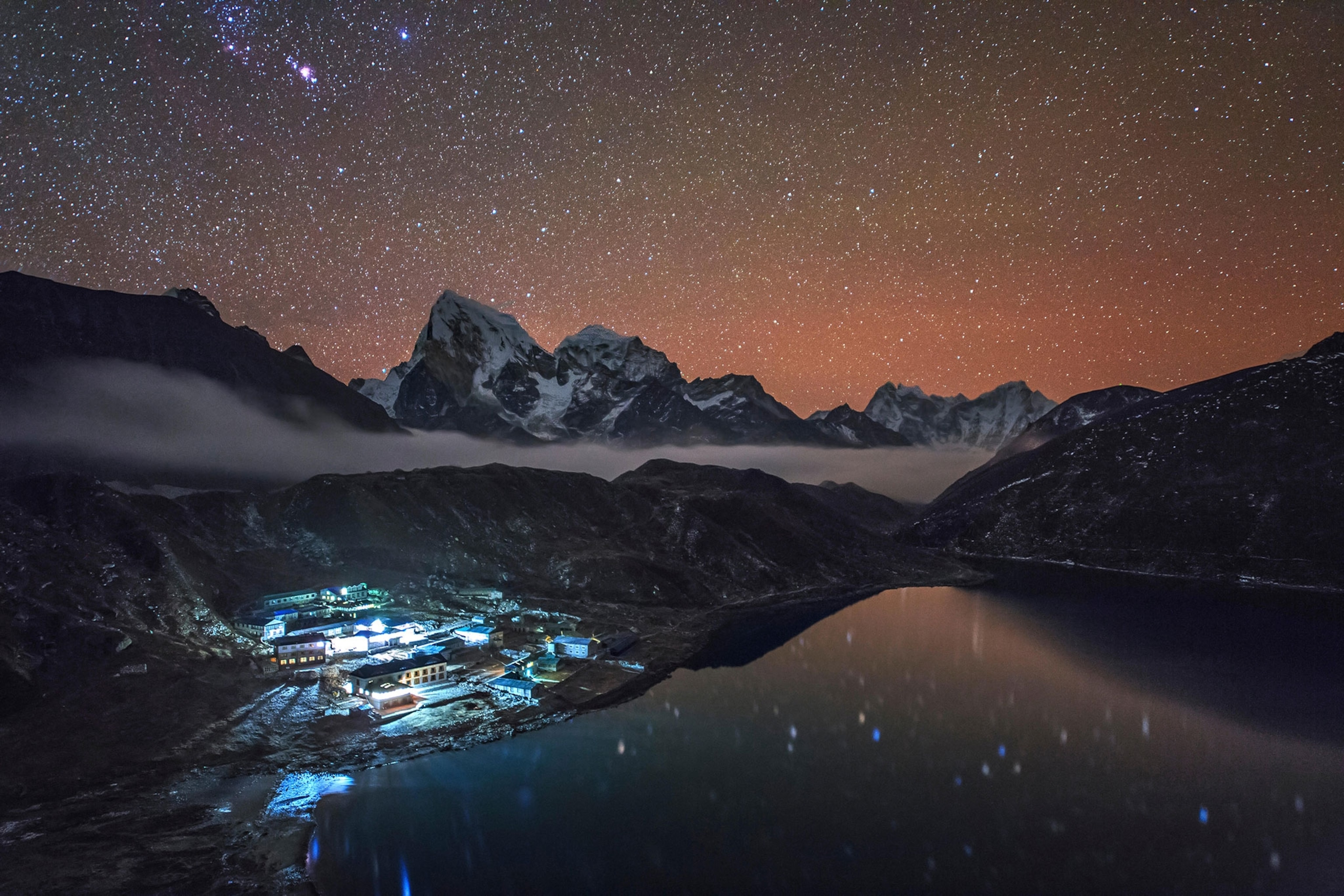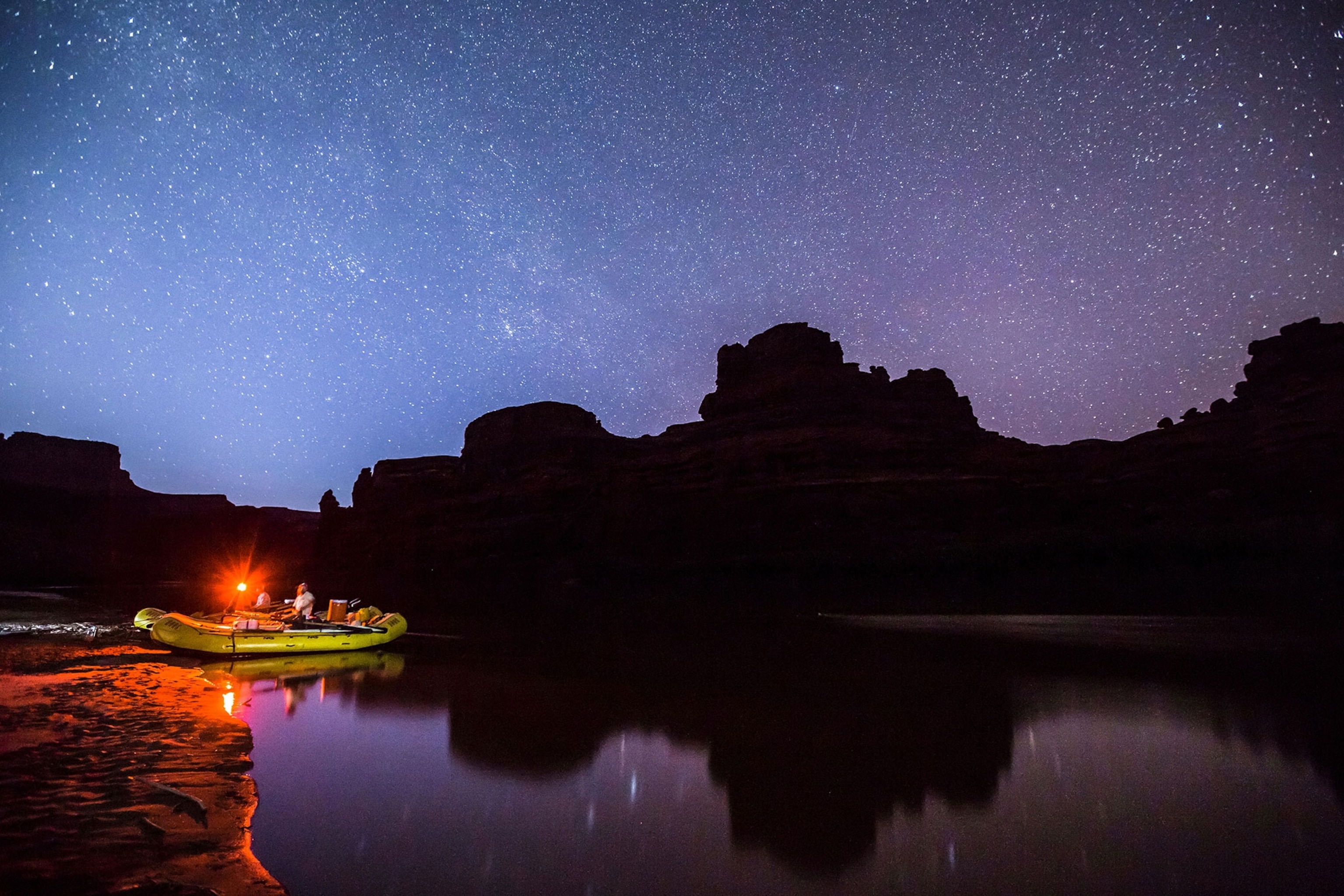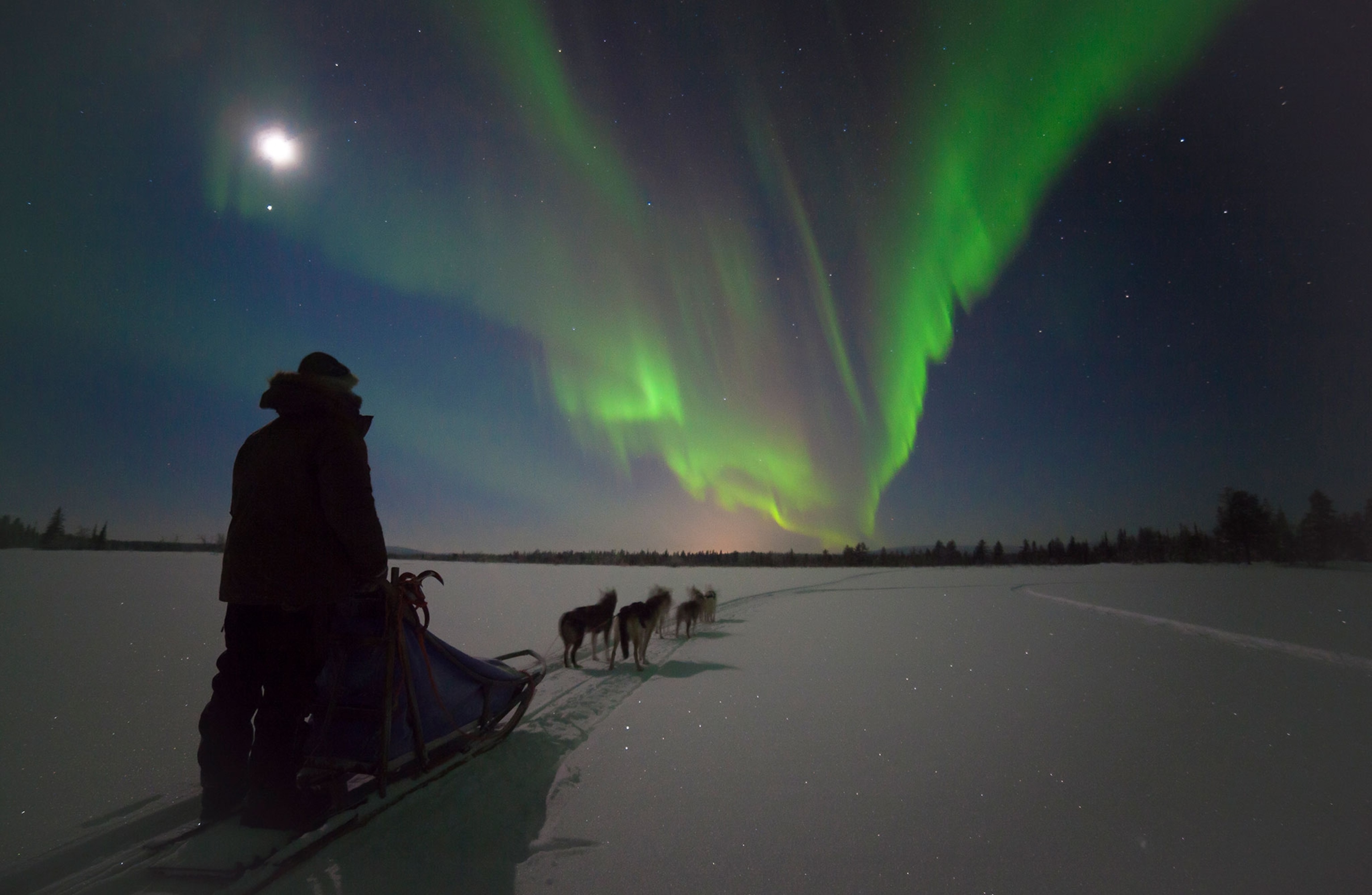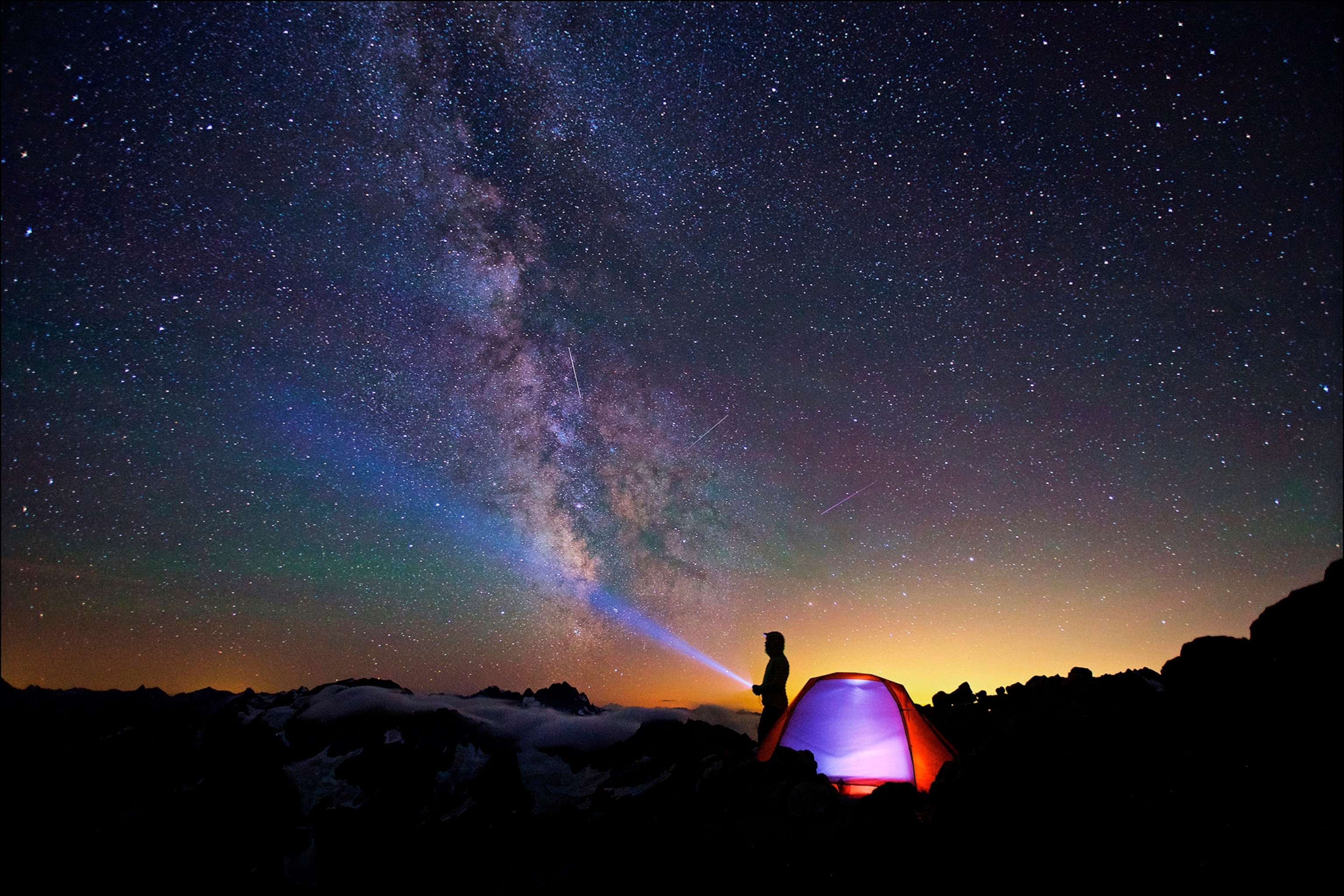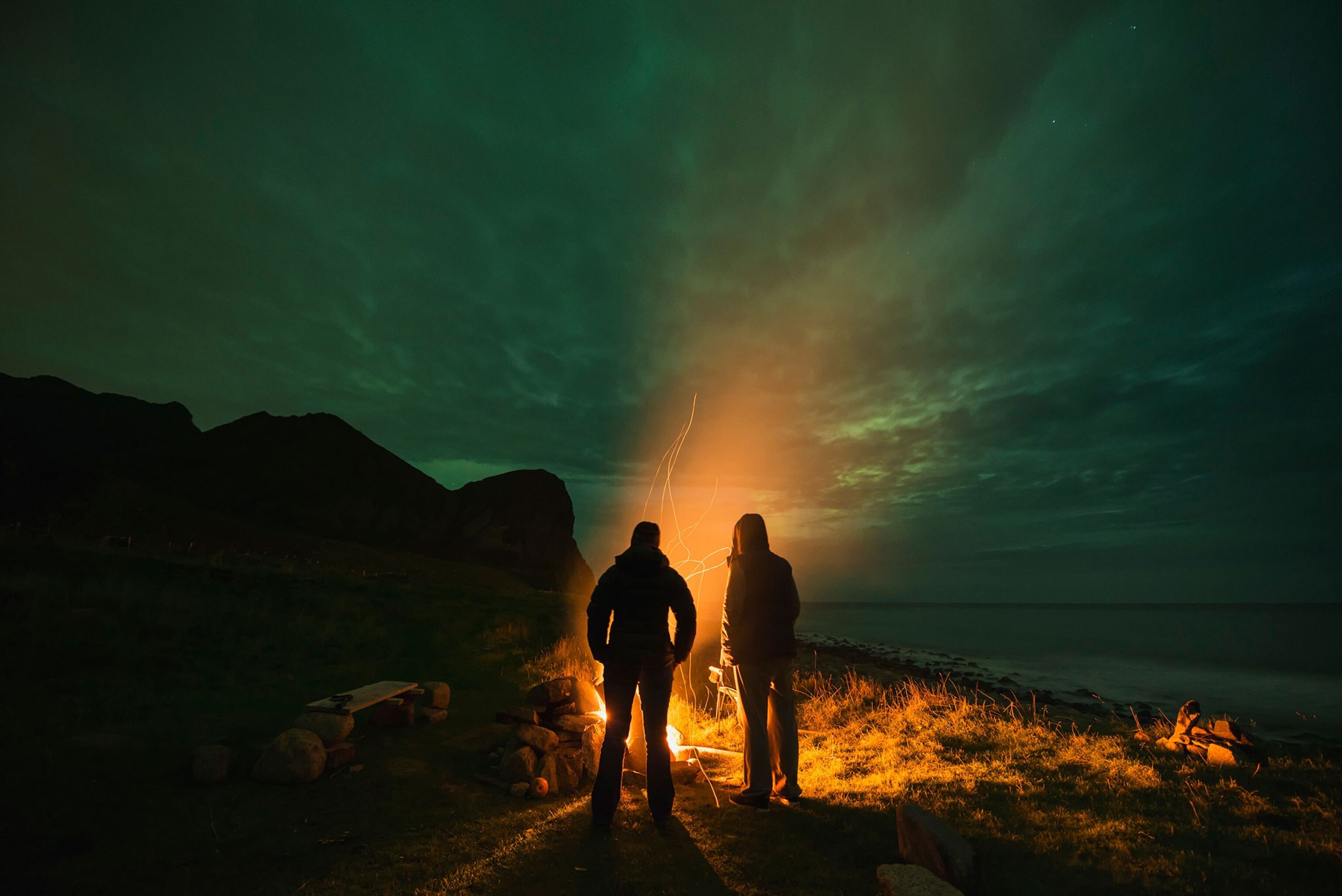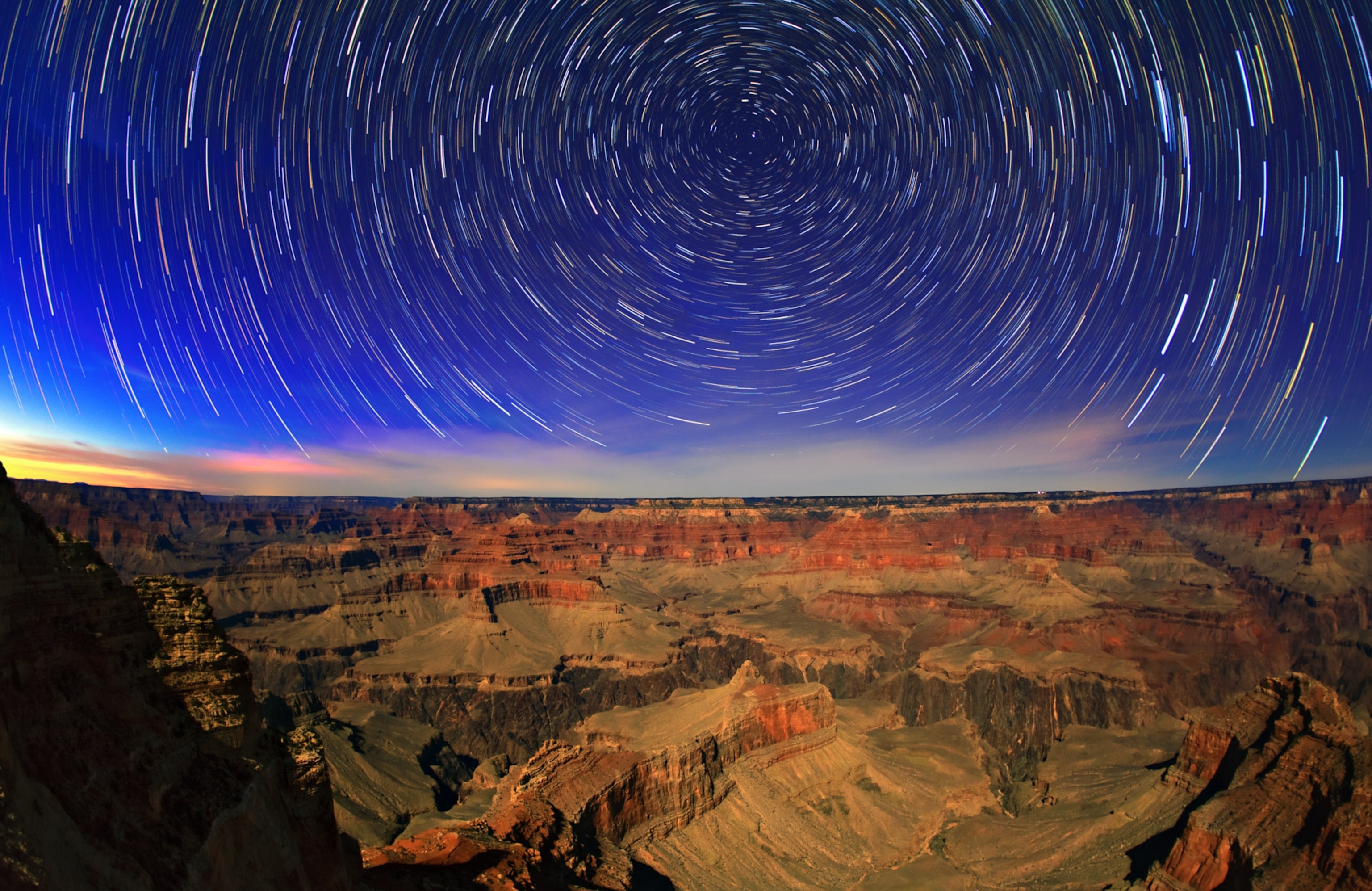
The Grand Canyon is now a Dark Sky Park—here’s why that matters
The night skies over this American icon never looked brighter.
It's been a big year for the Grand Canyon. The iconic park celebrates its centennial in 2019. Now it has received a new honor: International Dark Sky Park certification.
The designation places the Grand Canyon into esteemed company with more than 60 dark sky parks, communities, and reserves in the United States. Only nine of the 61 national parks in the U.S. are certified by the International Dark Sky Association. These parks include Joshua Tree, Death Valley, and Big Bend National Parks. (Discover more of the world's best stargazing destinations.)
Certification was a lengthy process for the Grand Canyon; preliminary efforts to meet the Dark Sky Park status began in 2016. A key initiative included outfitting the thousands of exterior lights in the park to decrease the amount of light pollution and enhance night sky star visibility. (Our nights are getting brighter. Read more about the effects of light pollution.)
An official ceremony to celebrate the designation will be held on June 22 in Mather Amphitheater at the South Rim. Guests will include representatives from the Dark Sky Park Association, park leaders, a historian from the Lowell Observatory, and members of the Grand Canyon Conservancy.
Here are the best tips to plan your star-studded visit.
Plan your trip
For unobstructed views, star enthusiasts can head to either the South Rim or North Rim areas of the park. Open year-round, the South Rim centers around the Grand Canyon Village. Yavapai Point and Lipan Point are popular and easily accessible locations to bring a telescope and watch the stars.
Beat the crowds by heading too the North Rim, closed during the winter season. Start at the Grand Canyon Lodge, the only accommodation, then walk the paved trail out to Bright Angel Point with views of Roaring Springs Canyon. Plan to seek out the stars after dusk, dressed in warm clothing as temperatures drop quickly, with a red light flashlight in tow. (Here's how to plan the best road trip to the North Rim.)
Party with the stars
For solo travelers or those who otherwise can’t make the official ceremony, the park holds a week of star parties every June. Telescopes will be set up at the Grand Canyon Lodge at North Rim and the Grand Canyon Visitor Center at South Rim to view the stars the way astronomers do. Festivities will commence each evening at 8 p.m. at the South Rim Visitor Center. Astronomer Dean Regas will lead constellation talks and experts will hold workshops for mastering night sky photography.
For a guided talks about the astronomy over the Grand Canyon, ranger-led tours are offered at the South Rim at 9 p.m., 9:30 p.m. and 10 p.m. daily throughout the summer. Organizers recommend star partygoers use red light flashlights for all events.
- National Geographic Expeditions

